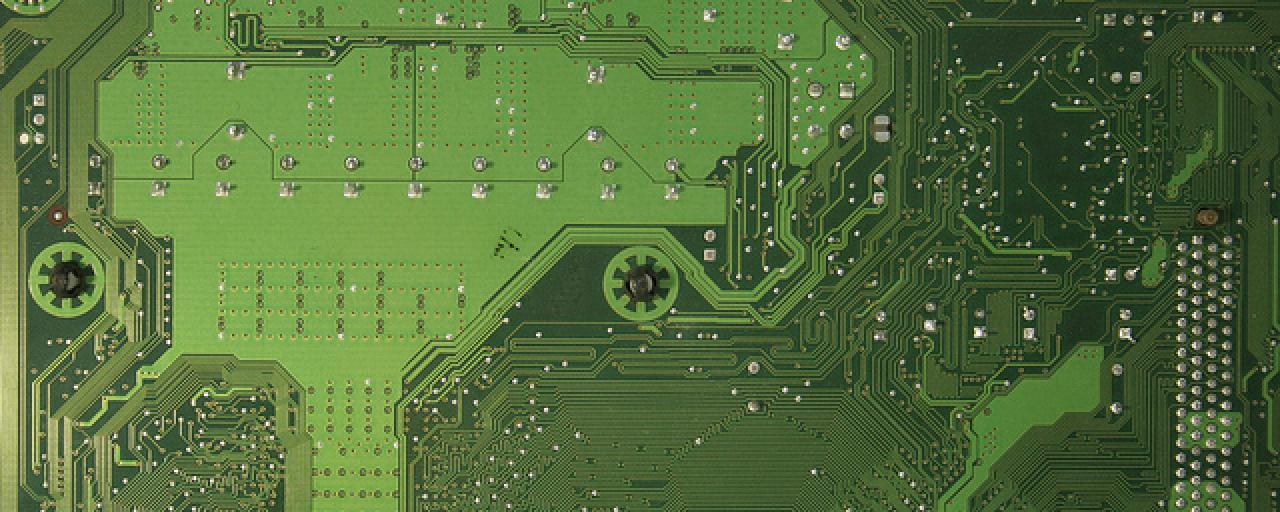Intense research is been done in the field of robotics and researchers are making continuous efforts to come up with better improvements to the present technology. A team of MIT engineers has developed a microfluidic ‘tree-on-a-chip’ device. This device imitates the mechanism of pumping of plants and trees and can be utilized to power composite motions in small robots. The chip functions passively and doesn’t need external pumps or moving parts. It is capable of pumping sugar and water via the chip at a stable flow rate for days.
The common understanding between biologists is that water, impelled by surface tension, pass through the tree’s network of xylem, then disperses via a semipermeable membrane, and finally downward into the phloem channels that enclose sugars and other nutrients.

If the quantity of sugar is more in the phloem, the more water streams to phloem from xylem in order to maintain the sugar-to-water gradient through a passive mechanism called as osmosis. Thus the occurring flow of water washes down the nutrients to their roots. The plants and trees are considered to control the process of pumping as more water is taken up via their roots. In order to fabricate the chip, the team sandwiched 2 plastic slides together and then a tiny channels were drilled to correspond to phloem and xylem.

The xylem channel was filled with water, whereas the phloem channel with sugar and water. These 2 slides were separated via a semipermeable substance so as to imitate a membrane between the phloem and xylem. Another membrane was mounted onto the slide consisting of the phloem network and then a set of sugar cube on it as an extra sugar source disseminating from the leaves of the tree into the phloem. The team clipped the chip to a tube that supplied water into the chip from a tank. With such an easy setup, the chip was capable of passively pumping the water at a steady flow rate from the tank via the chip and then out into a beaker. And also did this for many days in contrast to earlier designs that were capable of pumping water only for several minutes.
Don’t you think this can lead to a cost-effective and reliable technique for powering small robots?
